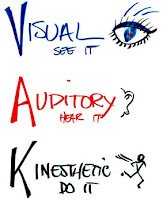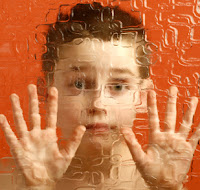Teaching the Visually-Oriented Student on the Autism Spectrum

Despite difficulties with eye contact, most children with Aspergers and High-Functioning Autism (HFA) are visual learners. Visual learners need to see the information. The whiteboard, texts for reading, or information on the computer all help these children succeed in the classroom. It's important to distinguish that some visual learners prefer the written form of the language (e.g., a book that explains grammar or vocabulary). This preference is similar to an “analytical approach.” Other visual learners prefer diagrams or charts that illustrate grammar or vocabulary. This preference is similar to a “global approach.” Both types of visual learners may need to write down information in order to remember it. Although some teachers believe notes aid memory, visual learners see notes as a prerequisite to memory. In other words, if they don't write down the information and/or draw charts and diagrams, then they won't remember the information. Information or ideas he

